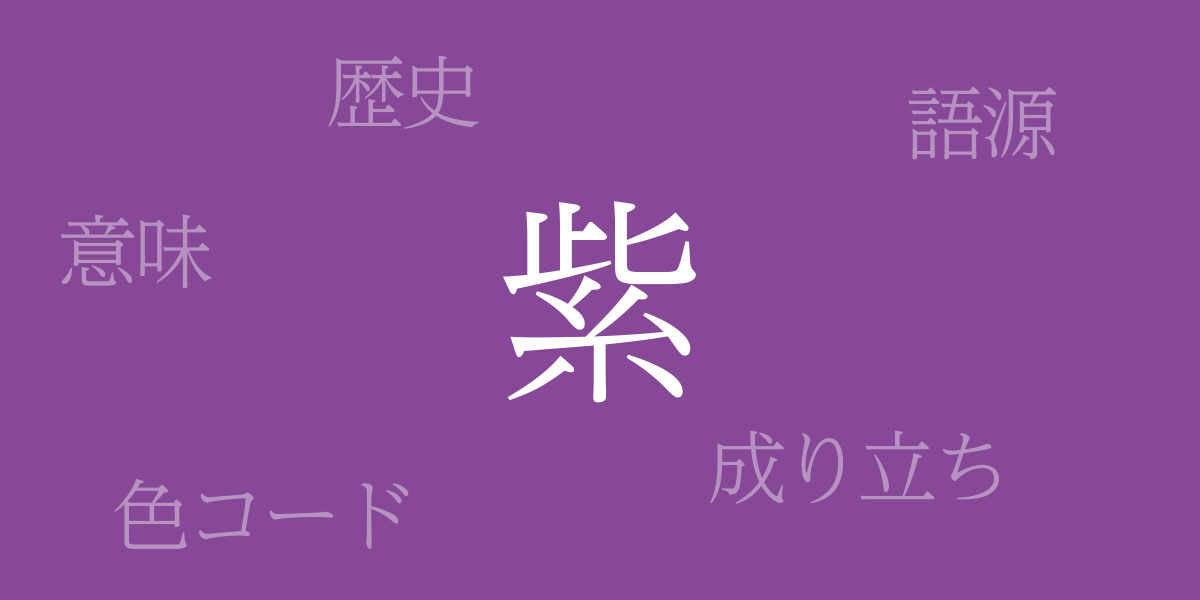One of Japan’s traditional colors, “Purple (むらさき – Murasaki),” continues to enchant many with its depth and tranquil hue. Let’s explore the rich history and cultural background of this color and its impact today.
About Purple (むらさき – Murasaki)
Purple (むらさき – Murasaki), located between red and blue on the color spectrum, often conveys a mystical and noble impression. In Japan, referred to as ‘Murasaki,’ it has traditionally been a symbol of the aristocracy. Psychologically, purple symbolizes creativity and karma, and is thought to inspire spiritual peace and deep emotions.
The History of Purple
The history of purple is ancient. In Japan, it was favored by the nobility as early as the Nara period. During the Heian period, Murasaki Shikibu wrote “The Tale of Genji,” depicting purple robes as a privilege of the noble. Additionally, in ancient Rome, purple was considered the color of emperors, restricted to the highest echelons of society.
Purple Color Codes
Accurate color codes are necessary for representing purple in digital design and web production. Below are some example color codes for purple:
- HEX: #884898
- RGB: R:136 G:72 B:152
- CMYK: C:58 M:82 Y:9 K:0
The Western Name for Purple
In English, purple is referred to as “Purple.” However, there are various shades related to purple such as “Lavender” and “Violet,” each distinguished by different levels of brightness and saturation.
Conclusion on Purple
Purple holds various meanings and plays significant roles across many cultures worldwide. In Japan, purple is particularly connected with noble culture and continues to be highly regarded in modern fashion and design. The deep narrative derived from its historical background and the psychological effects of its colors enrich any artistic or design work involving purple.

























